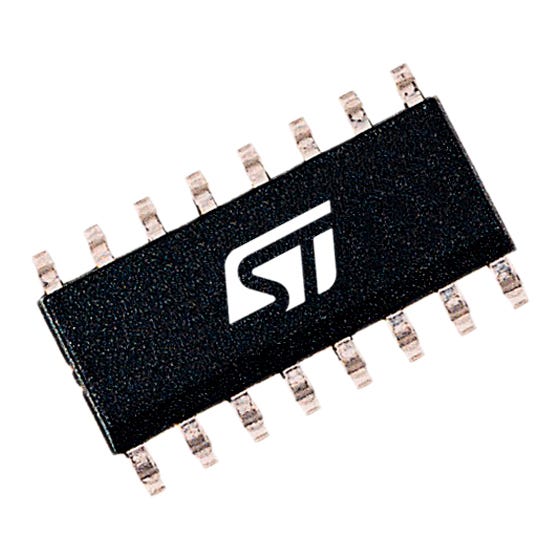📢 $9.99 flat rate shipping in EMEA countries! Ends May 15th - Don't Miss Out!. 🛒 Shop now
Active
L6699D
Enhanced high-voltage resonant controller
| Supply Voltage Max Volt | 16.0 |
| ECCN US | EAR99 |
| ECCN EU | NEC |
| Packing Type | Tube |
| RoHs compliant | Ecopack2 |
| Grade | Industrial |
| Package Name | SO-16 |
The L6699 is a double-ended controller specific to series-resonant half bridge topology. Both LLC and LCC configurations are supported. It provides symmetrical complementary duty cycle: the high-side switch and the low-side switch are driven ON/OFF 180° out-of-phase for exactly the same time....
Read More
|
| Quantity | $ per unit | Savings |
|---|---|---|
| 1-9 | $2.72 | 0% |
| 10-24 | $2.45 | 10% |
| 25-99 | $1.91 | 29% |
| 100-180 | $1.72 | 37% |
| 180 + |
Contact sales |
|
| Supply Voltage Max Volt | 16.0 |
| ECCN US | EAR99 |
| ECCN EU | NEC |
| Packing Type | Tube |
| RoHs compliant | Ecopack2 |
| Grade | Industrial |
| Package Name | SO-16 |
The L6699 is a double-ended controller specific to series-resonant half bridge topology. Both LLC and LCC configurations are supported. It provides symmetrical complementary duty cycle: the high-side switch and the low-side switch are driven ON/OFF 180° out-of-phase for exactly the same time....
Read More
|






